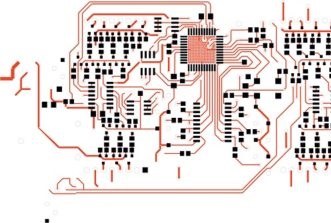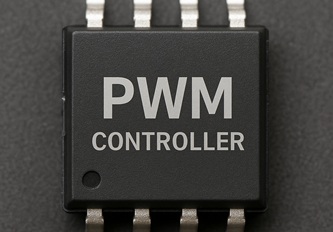This website uses cookies so that we can provide you with the best user experience possible. Cookie information is stored in your browser and performs functions such as recognising you when you return to our website and helping our team to understand which sections of the website you find most interesting and useful.
“NVIDIA and Nokia Partner on AI-RAN for 6G Evolution”
NVIDIA and Nokia have recently unveiled a significant strategic partnership aimed at driving AI-RAN innovation, with NVIDIA committing a substantial $1 billion investment to expedite the development of AI-powered 5G-Advanced and future 6G networks. The primary objective of this collaboration is to bring intelligence closer to the edge of mobile networks, enabling operators to efficiently manage next-generation AI workloads.
This partnership signifies a notable shift in RAN system architecture and silicon adoption, indicating emerging compute opportunities across base stations, edge infrastructure, and cloud-to-RAN interoperability.
Strategic collaboration targets AI-native 5G and 6G
As part of the agreement, Nokia is set to introduce AI-RAN products powered by NVIDIA’s newly unveiled Aerial RAN Computer Pro (ARC-Pro), a cutting-edge telecom computing platform designed to be 6G-ready. This platform seamlessly integrates radio access, compute acceleration, and sensing capabilities. NVIDIA will also acquire a stake in Nokia at $6.01 per share, subject to closing conditions.
The companies are positioning this collaboration as a pivotal driver for the widespread commercialization of AI in mobile networks. Analyst firm Omdia projects that the AI-RAN market could surpass $200 billion cumulatively by 2030, fueled by the escalating AI application traffic on mobile devices and the growing demand for edge inference.
“Telecommunications is a critical national infrastructure — the digital nervous system of our economy and security,” stated Jensen Huang, the founder and CEO of NVIDIA. “Built on NVIDIA CUDA and AI, AI-RAN will revolutionize telecommunications — a generational platform shift that empowers the United States to regain global leadership in this vital infrastructure technology.”
Justin Hotard, CEO of Nokia, added, “The next leap in telecom isn’t just from 5G to 6G — it’s a fundamental redesign of the network to deliver AI-powered connectivity, capable of processing intelligence from the data center all the way to the edge.”
T-Mobile joins early testing; Dell supplies server backbone
T-Mobile U.S. is set to collaborate with Nokia and NVIDIA to conduct trials of AI-RAN features starting in 2026 as part of its 6G development roadmap. The carrier aims to validate how AI-driven RAN processing could enhance performance and energy efficiency in real-world deployments.
John Saw, T-Mobile’s CTO, stated, “With America’s best network, T-Mobile remains committed to advancing next-generation technologies that redefine the customer experience. Beginning in 2026, T-Mobile will conduct field evaluations and testing of advanced AI-RAN technologies to ensure they meet the evolving needs of our customers as we move toward 6G.”
Dell Technologies will provide support for the platform using PowerEdge servers tailored for scalable and remote-update operations, enabling operators to enhance RAN functionality primarily through software upgrades rather than complete hardware replacements.
Toward distributed edge AI processing
The partners aim to establish networks where AI processing occurs both centrally and at edge nodes, such as base stations or local data centers, reducing latency and accommodating new device categories like AR/VR glasses, drones, robots, and autonomous vehicles.
The ARC-Pro platform and Nokia’s anyRAN architecture are designed to facilitate operators in transitioning from current RAN deployments to fully AI-native networks through incremental upgrades rather than wholesale equipment replacements. This includes expanding Nokia AirScale baseband systems with new AI-enhanced processing cards.
Further collaboration will extend to data center switching and optical networking, leveraging Nokia’s SR Linux alongside NVIDIA’s Spectrum-X Ethernet platform.
As operators seek to capitalize on edge compute capabilities while preparing for 6G, the NVIDIA-Nokia partnership positions AI-RAN as a competitive advantage — particularly in scenarios where energy efficiency and latency-sensitive AI applications are increasingly crucial.
NVIDIA














